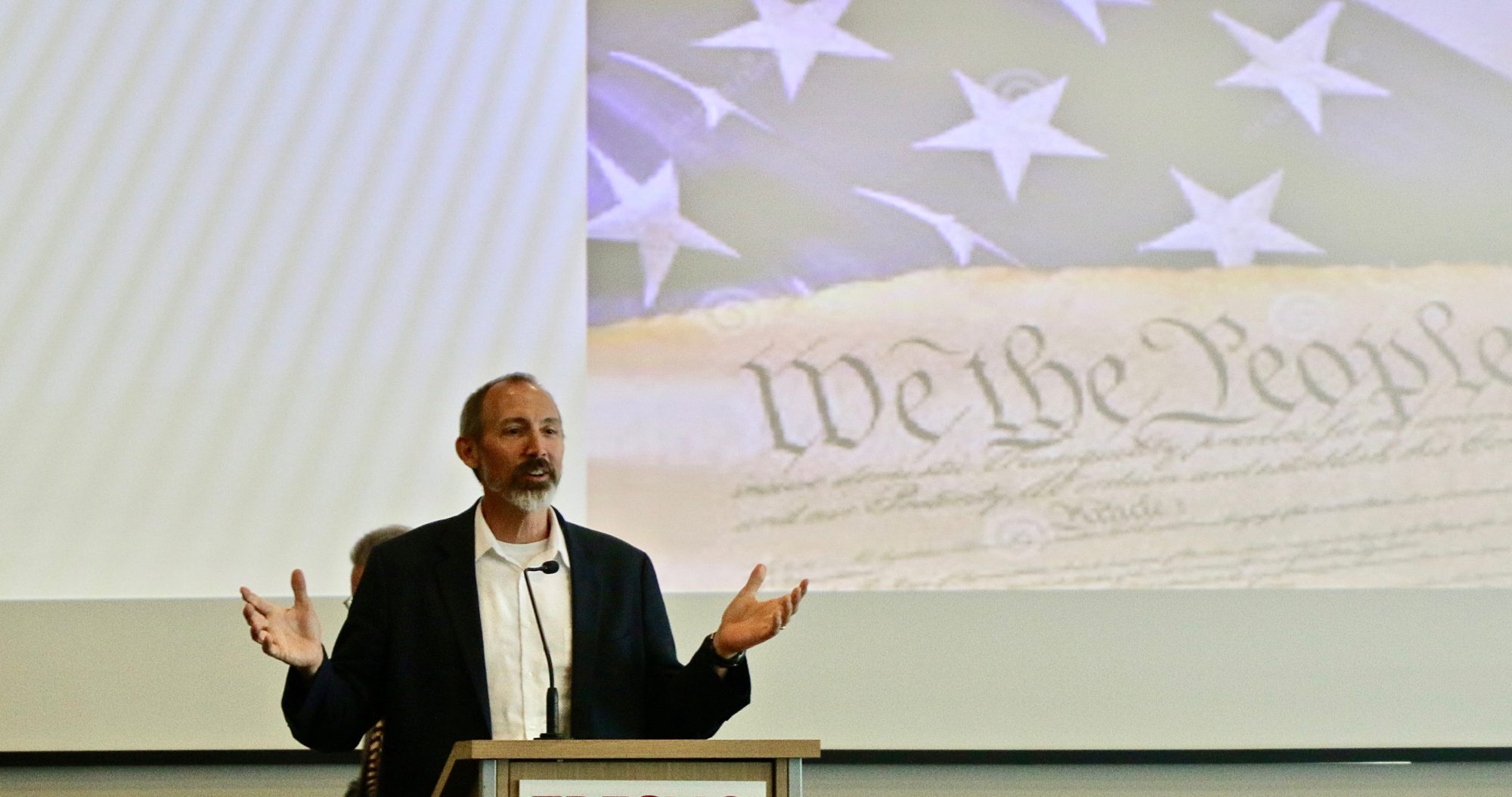Fiala on ethics: Is college becoming mass-produced?
By Andrew Fiala
Fresno Bee, Friday, May. 17, 2013 | 05:44 PM
Soon enough, everyone will have access to the latest classes coming out of Harvard or Stanford. Massive open online courses, or MOOCs, can provide students around the world with lectures delivered by leading scholars at top universities. The democratic promise of Ivy League education for everyone is enticing.
But there has been some backlash. Last week, professors in the philosophy department at San Jose State wrote an open letter opposing MOOCs. They worry that administrators “are beginning a process of replacing faculty with cheap online education.” No doubt it would be cheaper to use prefabricated mass-produced courses than to hire real professors.
Some critics worry that online education in general is the problem. Face-to-face communication is important in the Internet age. Something mysterious happens in classrooms as students and teachers think together. Face-to-face encounters give students good practice at listening, talking and thinking in community with others. And caring relationships between teachers and students develop best in a face-to-face world.
But computer technology is not all bad. Videotaped lectures, like textbooks, are useful tools for disseminating information. And serious thinking can happen in online discussion forums. Online discussions are especially useful for shy or disabled students.
The bigger problem with MOOCs is the idea that college education is another commodity to be mass-produced. MOOCs are “massive.” A recent New Yorker article reports that a humanities MOOC at Harvard has more than 30,000 “students.” A MOOC on artificial intelligence had 160,000 “students.”
The issue of scale is significant. At some point the “student” becomes an anonymous unit to be processed, a number rather than a person with a name. Mass education treats students as spectators and consumers rather than as participants in a community of inquiry.
Mass-production generally centralizes authority and standardizes its products. But education should focus on cultivating human persons and celebrating their individuality. It should not be a mechanical process of stamping out graduates.
Decades ago, social critics such as Max Horkheimer and Theodor Adorno warned that “the culture industry” would create standardization and monopoly. They worried that centralized production of films, music, literature and art would turn culture into a product to be marketed and sold.
MOOCs represent another step in the mass production of culture. Mass produced culture makes all kinds of stuff easily available. Mass quantities of consumer goods can be purchased at big box stores. We can attend mega-churches and read mass media news stories. And now the sages on stages at the big universities are coming to the masses.
Mass culture is fast and efficient. It requires little effort to fill our minds with the latest stuff. Our tastes, our behaviors, even our thoughts are standardized and homogenized, assisted by search engine algorithms, which help us find what we want from among the available products.
Mostly, we like it that way. Standardized mass culture creates regularity, predictability and comfortable conformity. We can order the same food in the same restaurant chain in any city in America. We can watch the same TV shows or read the same news, while sitting in standardized hotel rooms across the country.
Everyone discusses the same celebrity gossip, reads the same bestselling novels and watches the same blockbuster films. We are all concerned about the same scandals and crises. The more of us there are, the more alike we all become. Massive online education appears as an inevitable part of the cultural matrix.
The downside is the loss of idiosyncratic points of view, local differences and diversity of perspectives. There are no more sages hiding on mountaintops, waiting to deliver wisdom to intrepid explorers. Instead, the sage appears to everyone who can click a mouse.
MOOCs bring those mountaintop gurus down to the people. But the mass production of education carries the risk of destroying the mysterious human connection between teachers and students. The most meaningful moments in education often occur when the sage becomes a caring mentor, asking how things appear from the perspective of the student. Can a MOOC do that?
Mass education can effectively disseminate information. But no Harvard genius can replace a responsive and responsible teacher, who is present on campus and in the community and who cares about students enough to learn their names.

